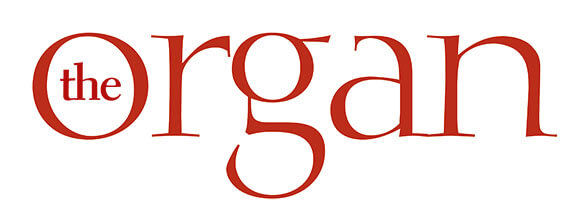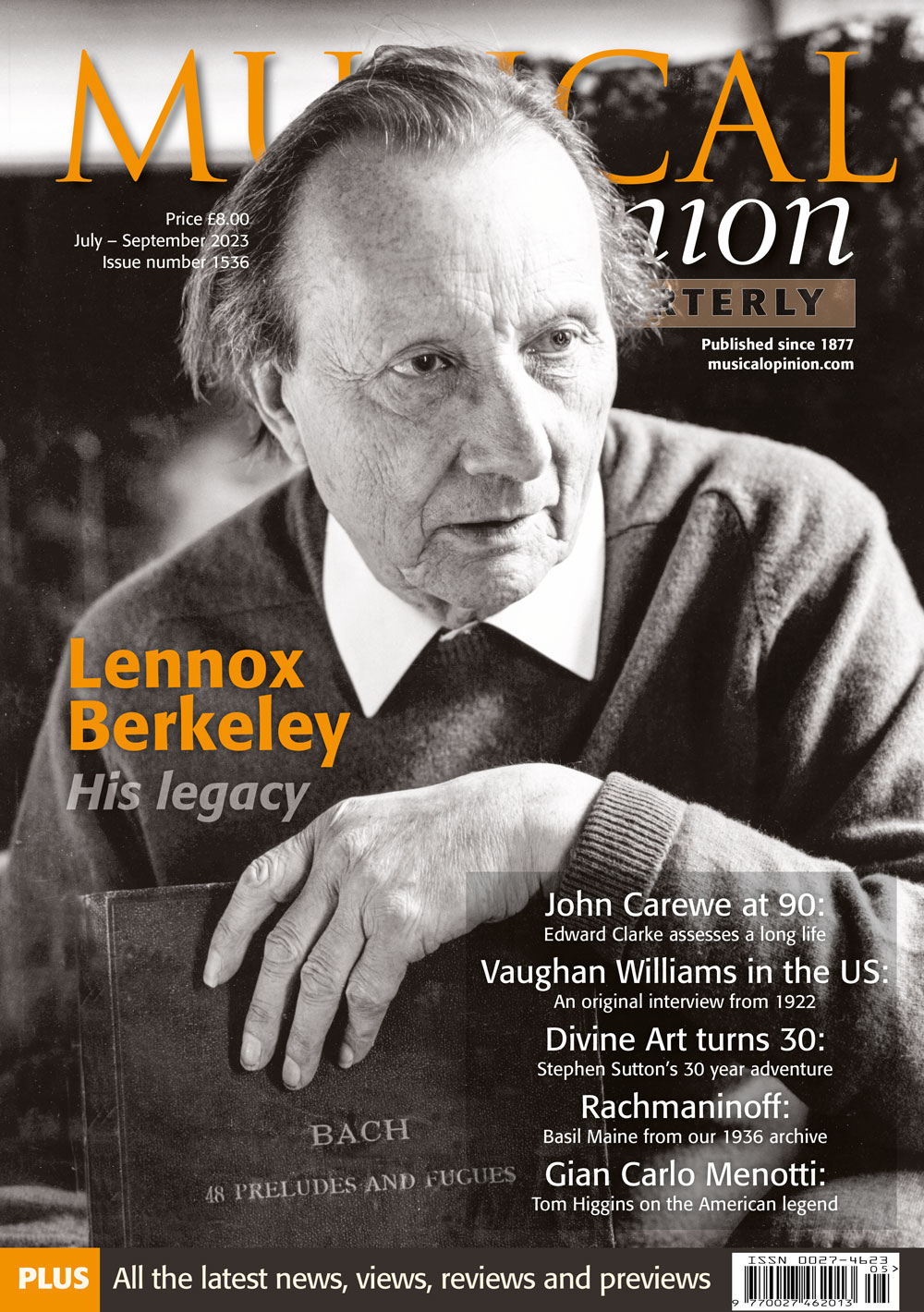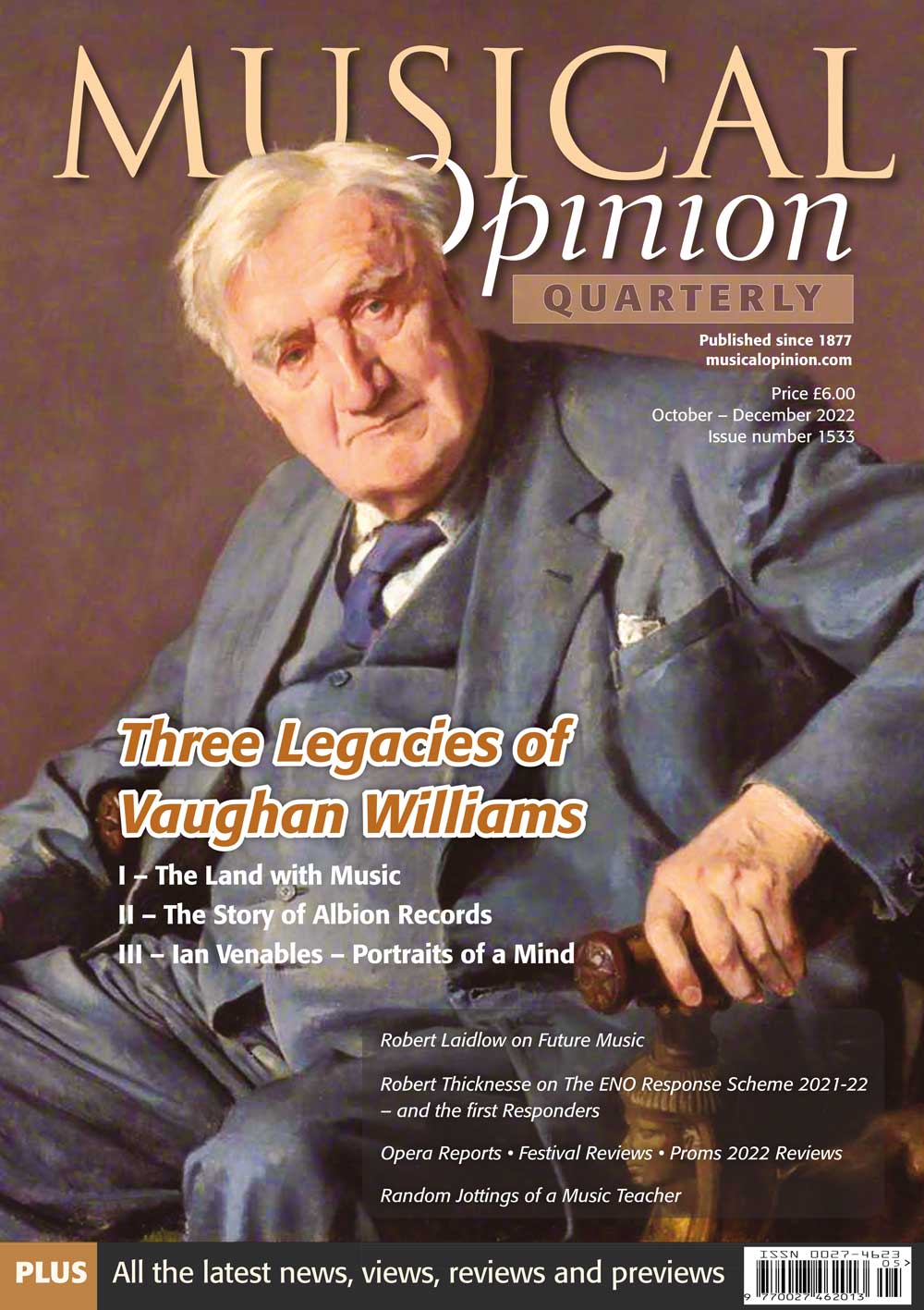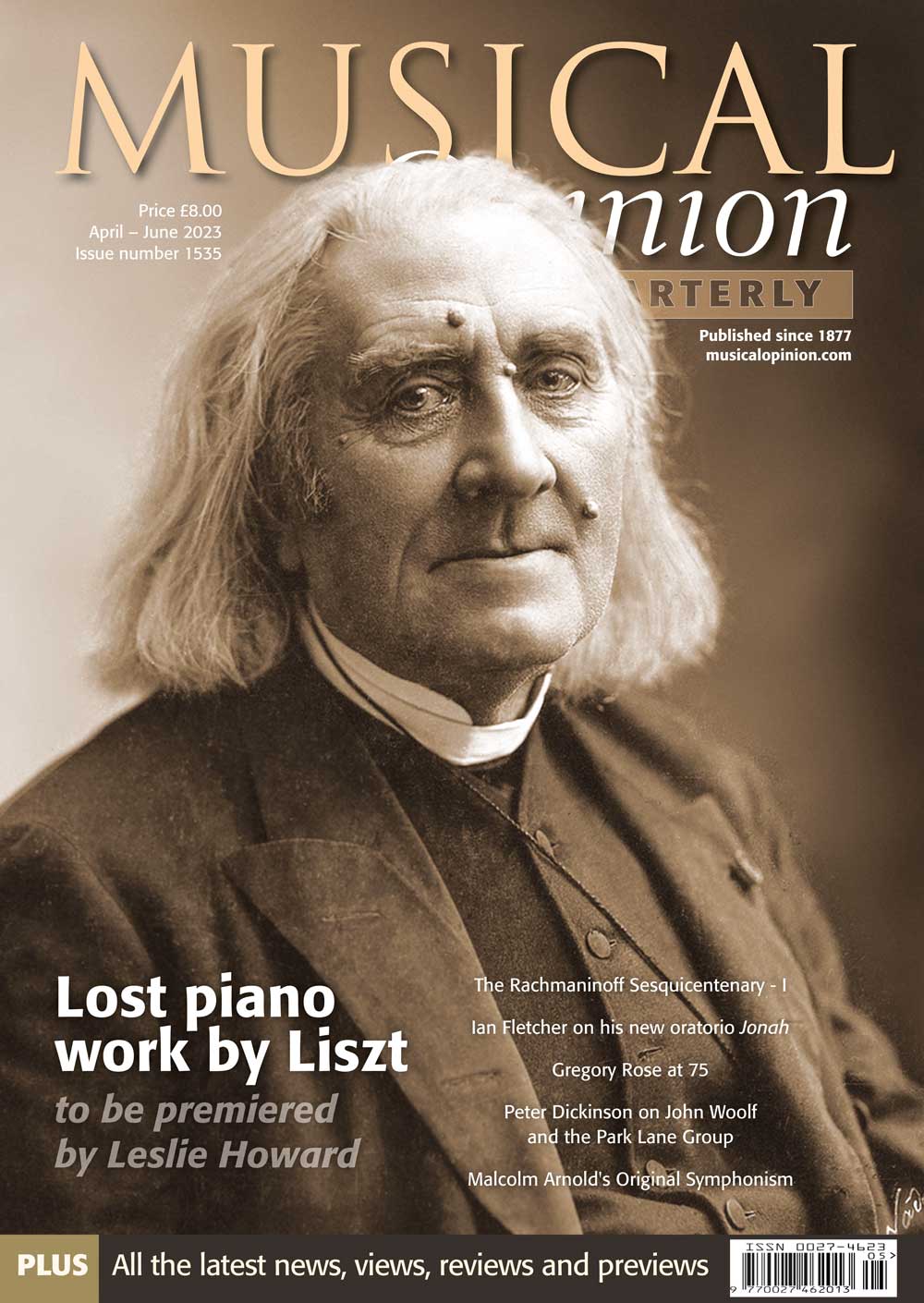Previous Issues
Autumn 2024. 410
Summer 2024. 409
Suite de Pièces pour Violon et Orgue
Spring 2024. 408
Winter 2024. 407
Autumn 2023. 406
Summer 2023. 405
Spring 2023. 404
Winter 2023. 403
Autumn 2022. 402
Summer 2022. 401
Spring 2021. 400
Autumn 2021. 398
Whilst staying at A4 size and 56 pages, the magazine has been completely redesigned with different fonts (more easy to read), bigger photopgraphs, more focus on things like specifications and more CD reviews of organ repertoire.
Summer 2021. 397
Winter 2021. 395
Spring 2021. 396
Autumn 2020. 394
Summer 2020. 393
Spring 2020. 392
Winter 2019. 390
Explore By Topic
Winter 2021. 399
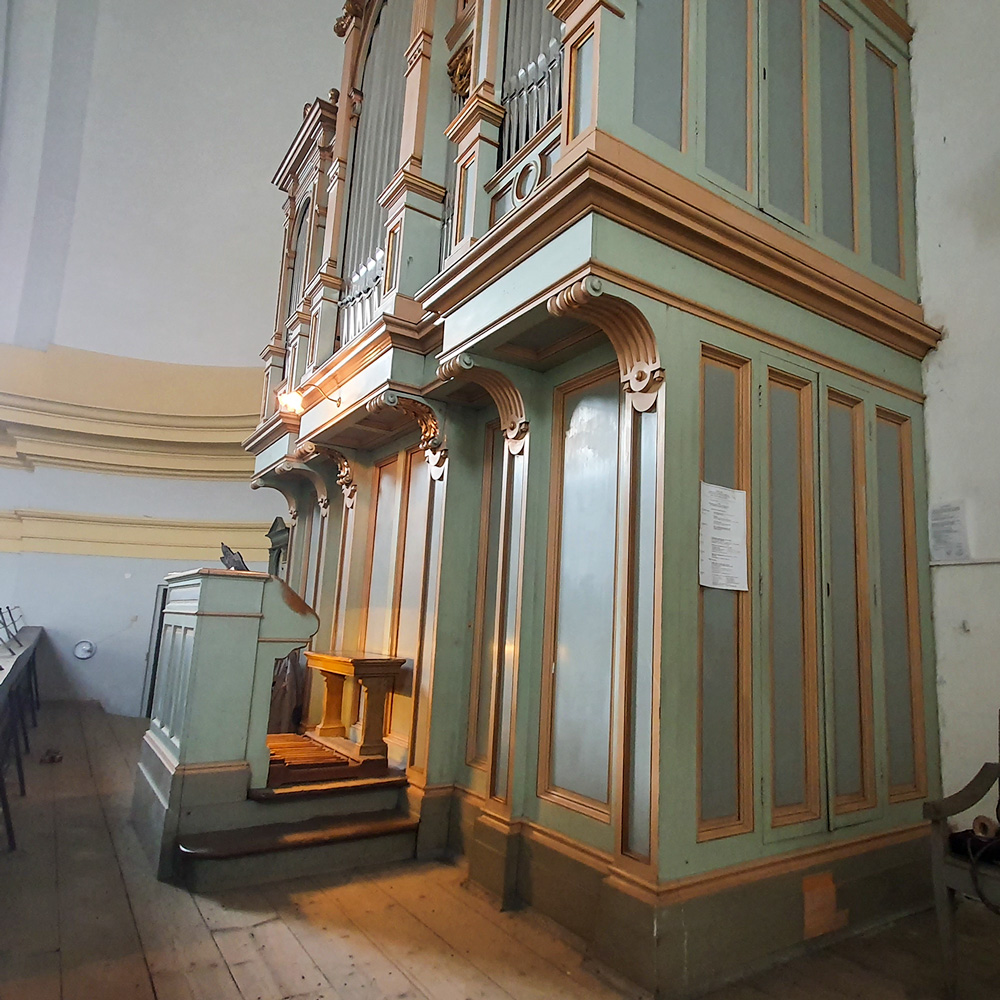
Rieger’s treasure in the Czech Town of Terezín
Dr Michał Szostak
Although we admire large organs for their power, majesty and splendour, true organ lovers know that the size of the instrument does not always iindicate its quality. We are often profoundly surprised by the craftsmanship and perfection of the creators of small or medium-sized organs built in less significant places. Standing on the side of the mainstream of the historical events, these instruments survived until the present, being witnesses of their times and cultural dimension of humanity. One of these treasures I met at my concert route this Summer was a small but powerful Rieger organ in the calm and historically-significant town in the West Czech Republic: Terezín.
The history of the Rieger organ company began in the first half of the 19th century, thanks to Franz Rieger (1812–1885), who was interested in music and the arts of craftsmanship. After graduating from school in his hometown, Jägerndorf (currently Krnov, Czech Republic), he moved to Vienna, the capital and royal residence of the Austro-Hungarian Empire, where he began work at the Joseph Seybert organ workshop. In 1844, he obtained the Master’s exam and, as a 32-year man, returned to Jägerndorf being a qualified master of the craft of organ building. Opus 1, built for the castle church nearby Jägerndorf was his success. The business developed into a large company, well known for high-quality organ building. In 1852, it was included in the Austrian Monarchy’s commerce and trade address book. WITH FULL SPECIFICATIONS
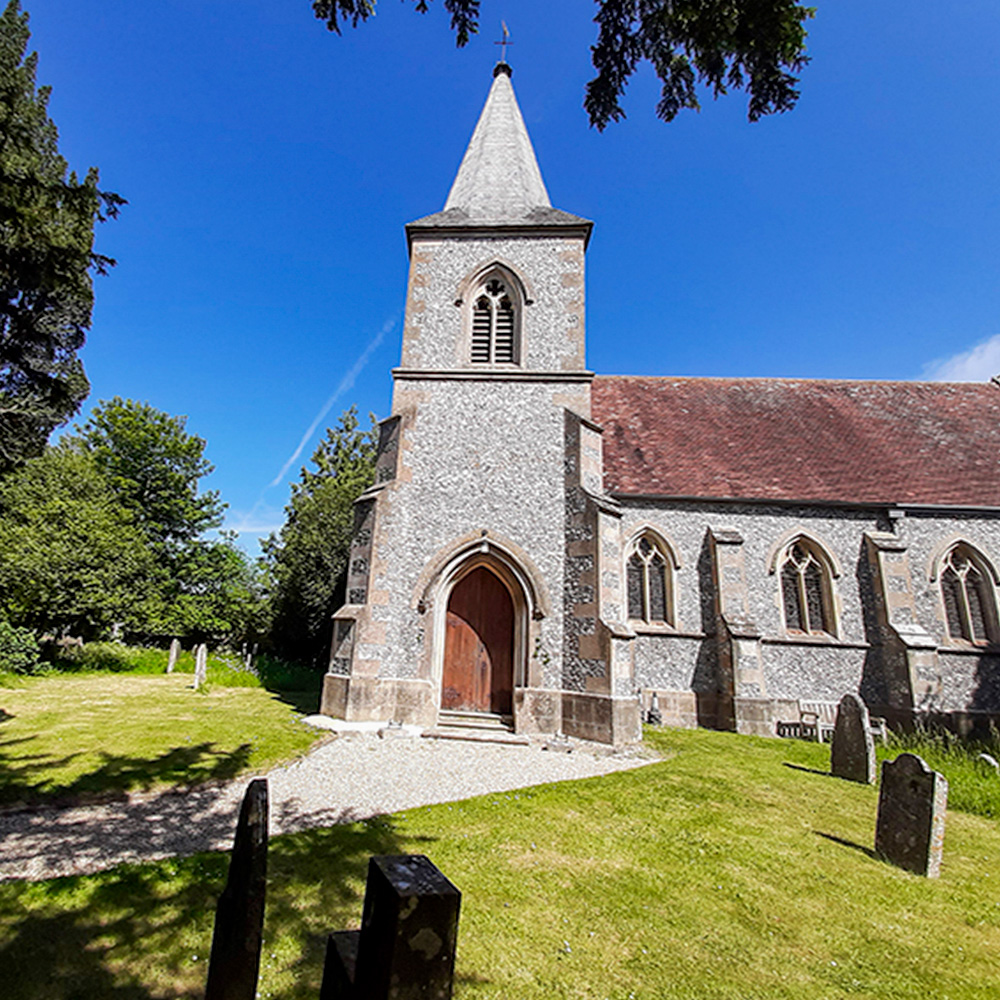
Organ Donation to St. Andrews’, Newton Tony, near Salisbury
Revd. King
It’s not every day that a church gets an organ donation. St Andrew’s Church at Newton Toney, some 10 miles north of Salisbury, was presented with its organ by Lady Iveagh, of the Guinness family in in 1998.
The organ was built by Henry Bryceson c. 1870. It was overhauled by H. Jackson & J. Marsh in 1934. Then in 1960, Harold Cantrill of Castle Donnington moved the organ to the church of St. Barnabas, Chilwell, Nottingham where it remained until its move in 1998 to Newton Toney. After the usual delays, the organ was restored and installed in time for the marriage of Lady Iveagh’s daughter, Louisa Guinness now Uloth.
Having been moved twice, the changing specifications of the organ are particularly interesting and are summarised below: WITH FULL SPECIFICATION
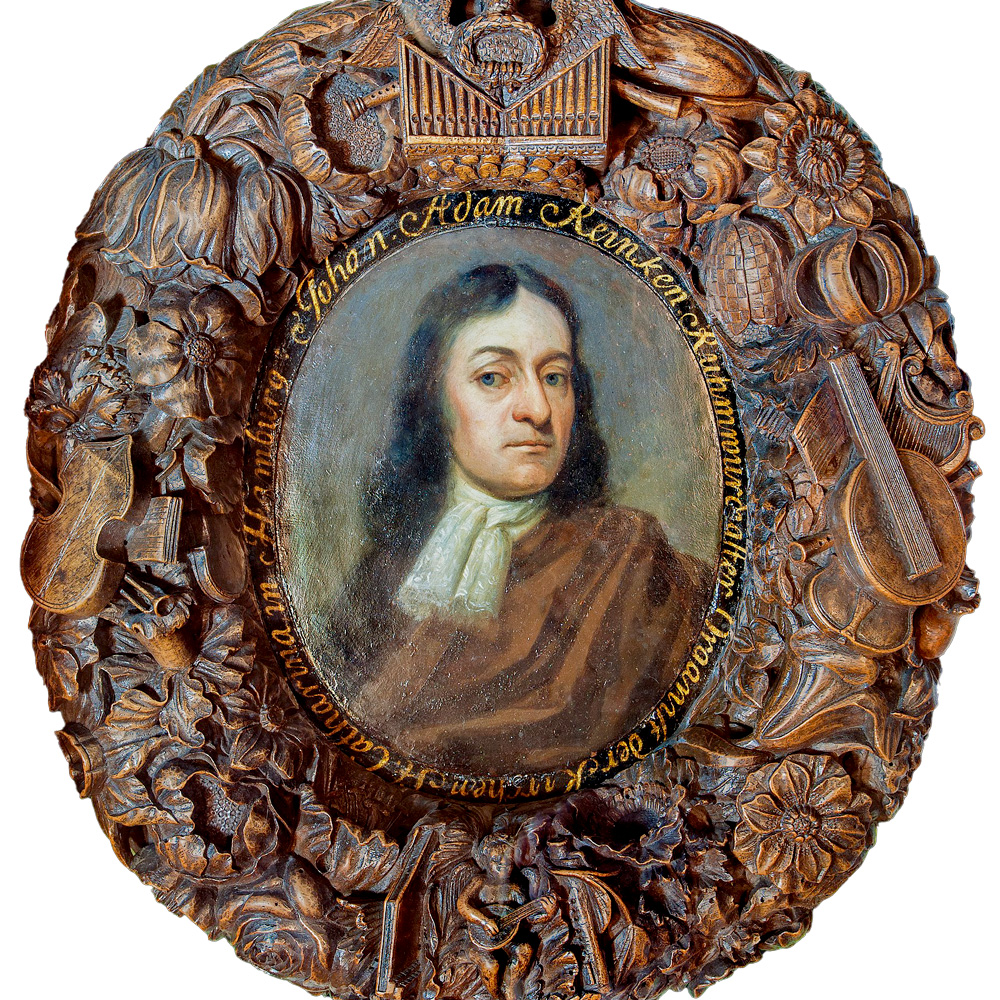
Organ Anniversaries in 2022
John Collins
In 2022 there are several composers for organ whose anniversaries can be commemorated, although some of the dates are not known for certain; some of the names listed below will need no introduction but there are also quite a few lesser-known names whose compositions are well worth exploring. No claim is made for completion, and there is no guarantee that every edition mentioned is in print – there may also be complete or partial editions by other publishers.
Jan Adam Reincken c1623-1722 Student of Scheidemann, he became organist of the Katharinenkirche, Hamburg in 1663. Famous for being impressed by J.S.Bach’s playing, a few keyboard pieces have survived in manuscripts, including eight dance suites, two sets of variations and a Holländische Nightingale plus variation more suited to stringed keyboard instruments, edited by Klaus Beckmann for Breitkopf & Härtel 8290. He also left two lengthy chorale fantasias for organ, two toccatas and a Fugue in G minor which contains repeated notes in its subject, as well as two further Toccatas, the much-discussed A major and one in G attributed clearly erroneously to Frescobaldi.
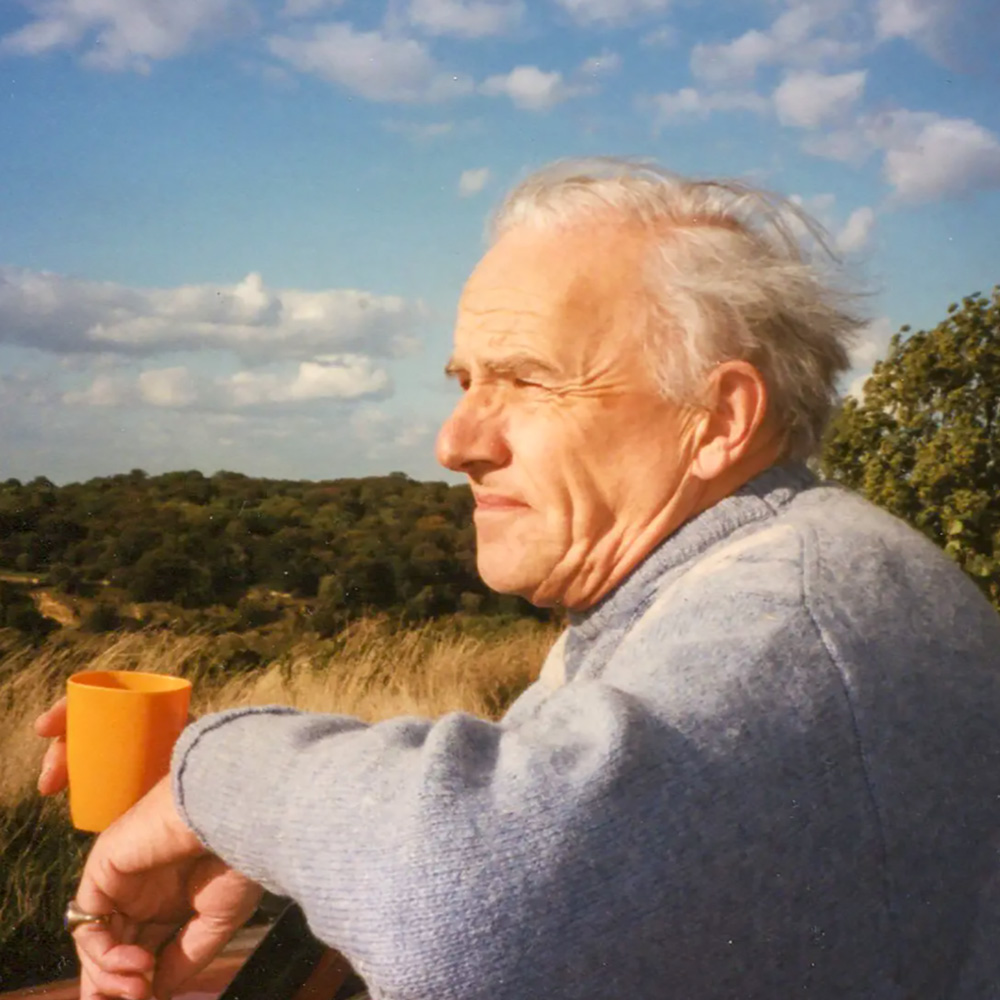
Francis Routh – An Appreciation
Kenneth Shenton
Composer, performer, writer, publisher and scholar, Francis Routh, who died last year aged 94, represented at its most dynamic that immediate post war generation of movers and shakers who achieved so much in helping revive our cultural life in often hugely difficult times. Perhaps his greatest legacy remains the series of Redcliffe Concerts of British Music which he founded in 1964. As Artistic Director over the course of a quarter of a century, he was able to give countless native composers a most vital platform.
Born in Kidderminster, in January 1927, Francis John Routh was educated at Malvern College and Harrow School before serving in the Royal Naval Volunteer Reserve from 1945 until 1948. That year he moved to King’s College, Cambridge where he read Classics. Inspired by the twin talents of Boris Ord and David Willcocks, he then went on to the Royal Academy of Music, before becoming a private composition pupil of Mátyás Seiber. He later lectured at Battersea College of Technology before joining Morley College. Awarded the Limpus Prize when elected a Fellow of the Royal College of Organists, for many years he served as Organist of St Luke’s Church, Redcliffe Square and later, St Philip’s Earls Court. While there, in 1964, he designed its impressive new three manual instrument.
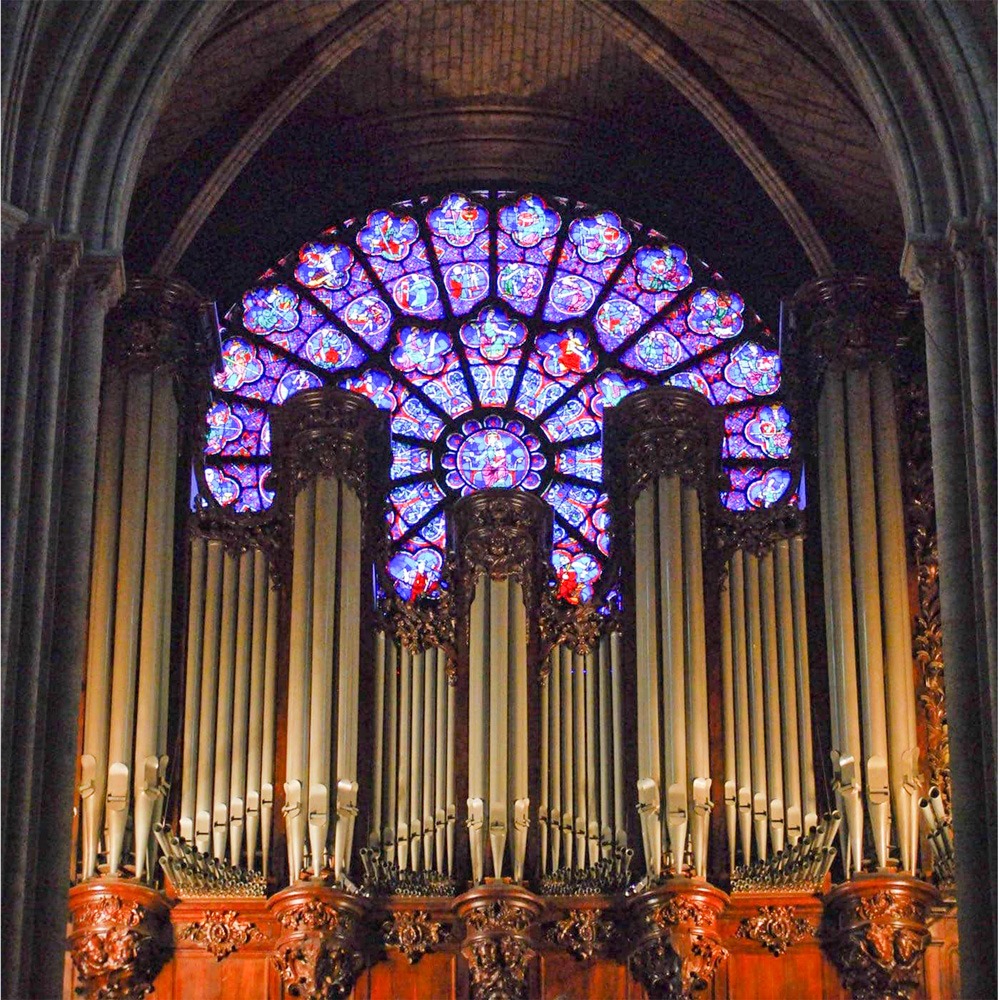
Olivier Latry: Global Ambassador for French Organ Music - A 60th birthday appreciation of this distinguished artist
Günter Lade
Notre-Dame may not be the tallest or the biggest or even the most typical of French cathedrals but it undoubtedly encapsulates the very essence of such an edifice, the epitome of Gothic architecture, the soul of the country’s capital and – symbolically – the heart of France, a centrality attested by a bronze star in the pavement outside the cathedral’s main doors that marks the start of all roads and the point from which the distance to other French towns and cities is calculated. In 1831, Victor Hugo wrote that: “Each of the cathedral’s columns, each stone, each piece of sculpture bears within it the imprint not only of the history of France but also of the history of all our knowledge and art.” His remark is true not just of the cathedral’s magnificent architecture and stained-glass windows but more especially of its organs and of the craftsmanship that they enshrine.
Olivier Latry became titular organist at Notre-Dame in 1985, succeeding such luminaries as Louis Vierne, Léonce de Saint-Martin and Pierre Cochereau. As one of the three “servants of the liturgy”, he has thrown himself heart and soul into this function: “Each time that I climb the steps to the organ loft, I think of the host of invisible servants who built the cathedral, stone by stone. If I can make these stones sing, then this is a source of pleasure for me. I regard my musical calling as a mission that I hope to fulfil to the very best of my abilities by mediating between two worlds, the real and the spiritual. In my eyes (and ears) the organ represents the breath of God.”
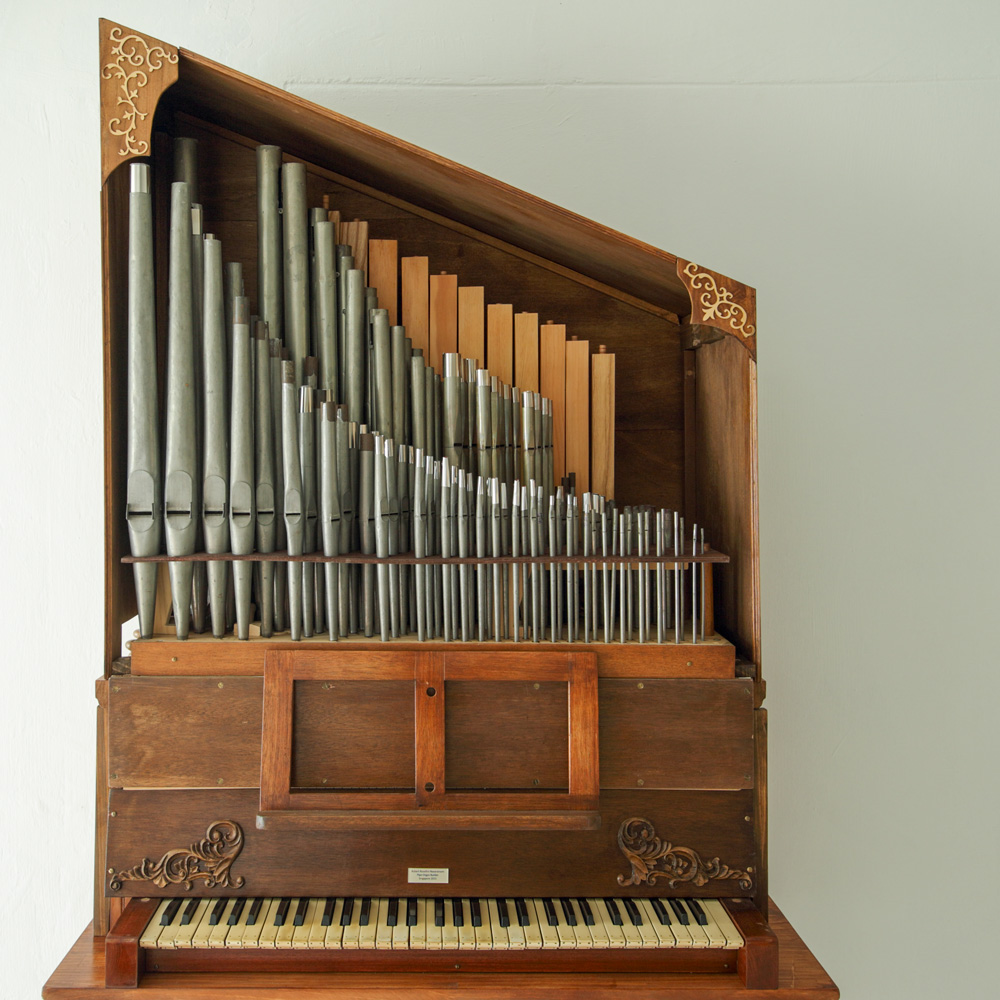
A New Pipe Organ in Singapore: computational analysis of pipe morphometry and tonal variation in a composite organ stop
Yangchen Lin & Jerry Ng
Last year, Singapore’s newest pipe organ was built and installed in the home of the first author (Lin) by the country’s only resident organ builder Robert Navaratnam. It is the smallest of the roughly 15 pipe organs in Singapore, made up of mostly old pipes salvaged from different sources. Fifteen varieties of pipes by at least six builders are spread across the two stops, a Flute 4′ and a Piccolo 2′. This approach was not only due to budget constraints but also Lin’s wish to give old pipes, some of which had been silent for more than 20 years, a chance to play music again. Lin christened the instrument Auferstehungsorgel (resurrection organ).
The instrument is locally significant as it is one of only two organs in the world that contain pipes made by Navaratnam, who apprenticed at Emil Hammer Orgelbau in Hemmingen, West Germany. The other organ is in the St. Katharinen-Kirche in Windheim, where Navaratnam made the Gedackt 8′ in the Rückpositiv. The Auferstehungsorgel also contains an experimental bamboo pipe made by the coauthor (Ng) who is an amateur organ builder.
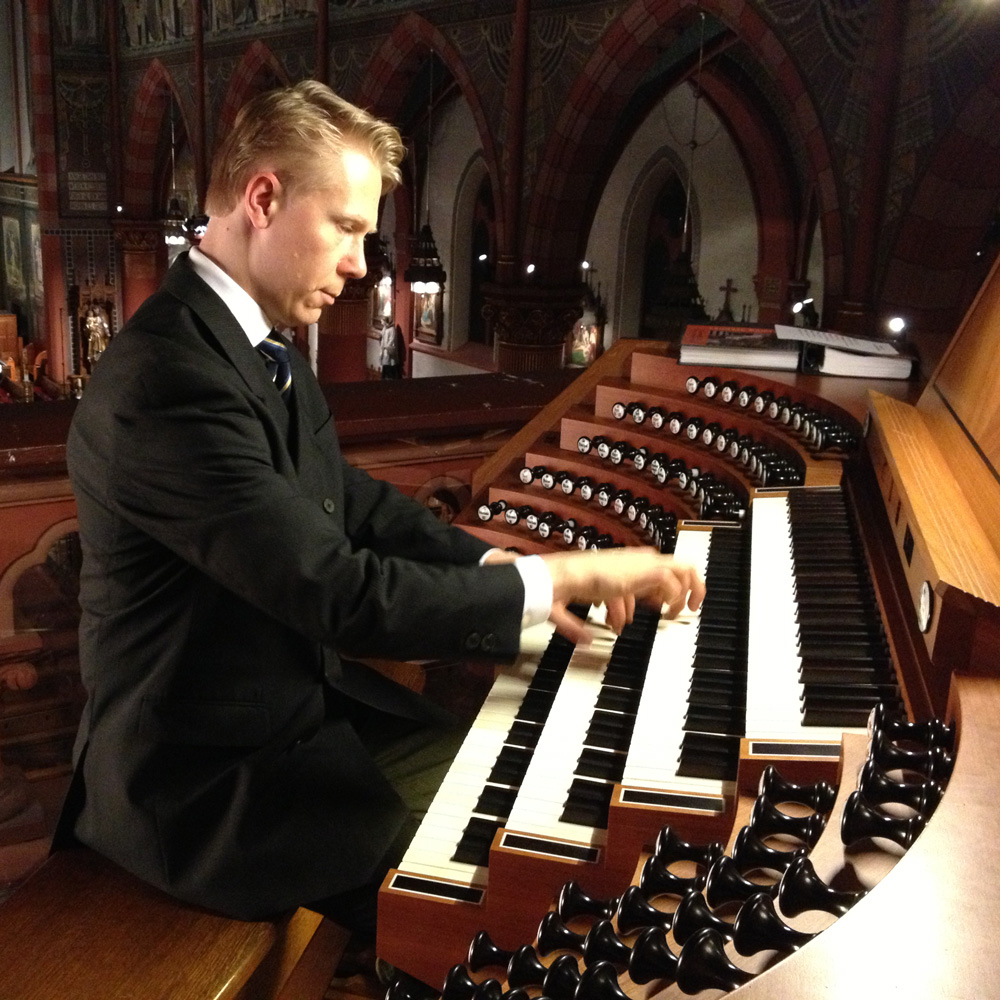
The Organ Music of Axel Ruoff: Part II
Cornelis Witthoefft
Axel Ruoff’s organ works – highly idiomatic and transcendental music composed over the past four decades – constitute a remarkable, though generally unknown, contribution to the contemporary organ repertoire. In its essence Ruoff’s organ music, like the majority of his œuvre, is spiritual, and often inspired by biblical narrative, lyrical texts or representations of images, which nonetheless are never treated in a purely descriptive or doctrinal manner. Some organ music aims primarily to represent objectivity or eternal truth as if it were a kind of doxology; Ruoff’s, by contrast, breathes subjectivity – it is music designed to touch the emotions of the listener.
Axel Ruoff was born in Stuttgart on 24 March 1957. From 1975 to 1979 he studied composition, music theory and piano at the University of Music and Performing Arts in his native town, his teachers including Milko Kelemen, Rolf Hempel and Erhard Karkoschka; he also spent some time at the Music Academies in Kassel and Helsinki. In 1979 he graduated with honours in music theory and piano, and five years later he obtained his Master’s degree in composition, both in Stuttgart, followed by an engagement as lecturer in music theory at the University of Music in Trossingen, south-west of Stuttgart, from 1983 to 1985.
